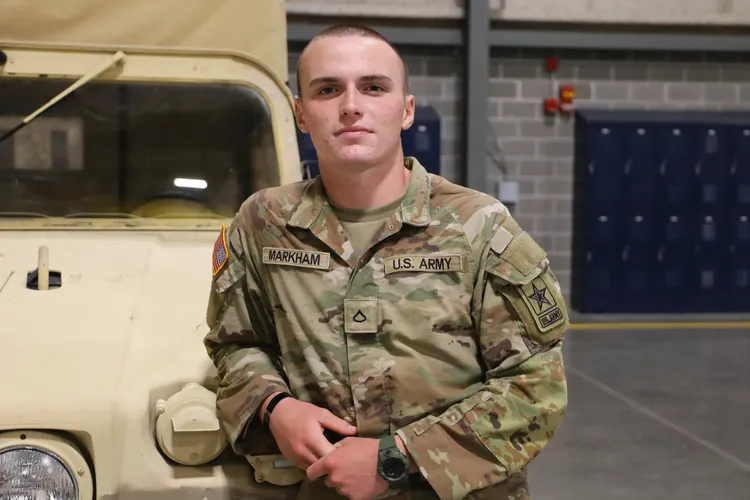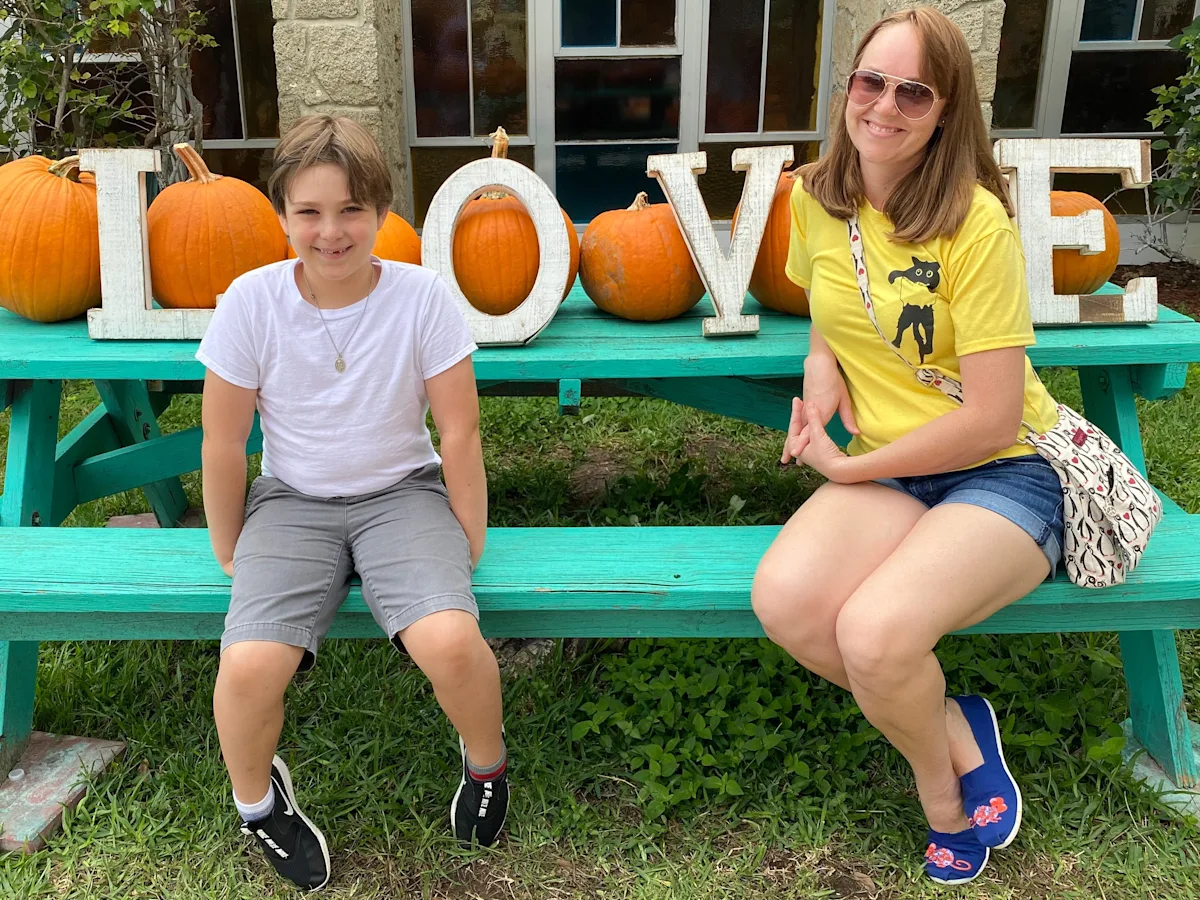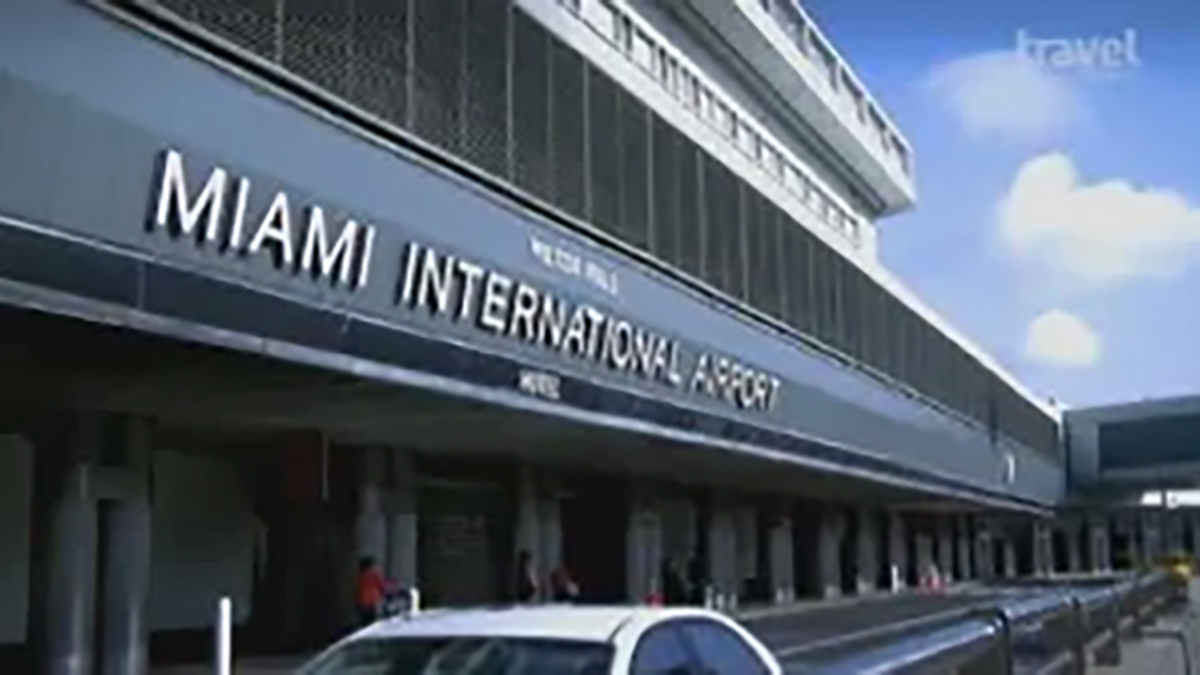A 36-year-old Sikh man was fatally shot by Los Angeles police officers in July 2025 after he waved a machete in the middle of a busy downtown street. Body camera footage recently released by the Los Angeles Police Department (LAPD) captures the tense moments of the encounter near the Crypto.com Arena, highlighting the rapid escalation that led to the shooting. The circumstances have sparked discussion about cultural misunderstandings, police response, and public safety.
The Incident Unfolds
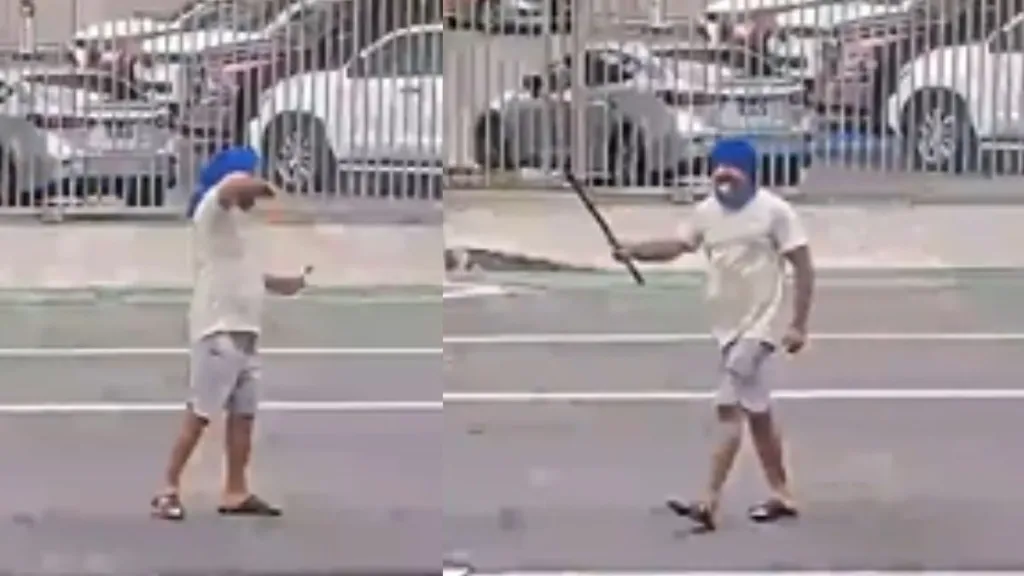
The man, identified as Gurpreet Singh, was observed by police officers standing in an intersection wielding a large, two-foot-long machete. According to LAPD, officers received a call about a man obstructing traffic and threatening pedestrians with the weapon. Upon arrival, officers repeatedly commanded Singh to drop the machete, but he did not comply. Instead, he threw water at the officers before getting back into his vehicle and driving off in a dangerous and erratic manner.
The Pursuit and Confrontation
After a brief vehicle pursuit, Singh collided with a police vehicle. He exited his car holding the machete and charged directly at a police officer. The video shows officers firing multiple shots to stop Singh from advancing further. He was struck and fell to the pavement, prompting immediate medical response. Singh was taken to a hospital but succumbed to his injuries four days later.
Cultural Context and Public Reaction
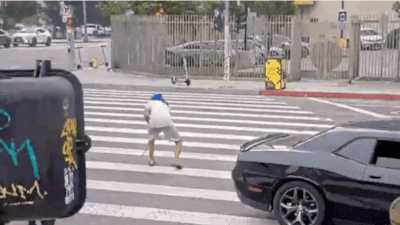
Social media and community members noted that Singh might have been performing Gatka, a traditional Sikh martial art involving swordplay, when police arrived. Videos of Gatka often display practitioners demonstrating skill with swords and other weapons. This cultural aspect has raised questions about police understanding and handling of the situation. Some argue that a more culturally sensitive approach may have prevented the fatal outcome while others emphasize the dangers police face when responding to armed individuals.
Police Statements and Investigation
The LAPD released the footage as part of their commitment to transparency and accountability in the use of lethal force incidents. The department stated that officers acted in self-defense given Singh’s aggressive behavior and failure to comply with commands. An internal investigation and review by the Los Angeles District Attorney’s Office are ongoing to ensure proper protocols were followed.
Community Calls for Dialogue
Gurpreet Singh’s death has prompted calls from Sikh community leaders and civil rights advocates for improved training of law enforcement in cultural awareness and de-escalation techniques. Many emphasize the need for police to recognize religious and cultural practices like Gatka and respond accordingly to avoid misunderstandings. Community groups are also urging for increased dialogue between law enforcement and minority communities to build trust and reduce future conflicts.
The Legacy of a Tragic Encounter
This incident is one of several high-profile police shootings that have reignited debate on law enforcement’s interaction with marginalized communities. While officers face real danger when confronted by armed suspects, the stakes of misinterpretation and rushed decisions remain high. Gurpreet Singh’s death underscores the delicate balance between public safety and cultural respect, highlighting the urgent need for reforms in policing and community relations.
Moving Forward
As investigations continue, the LAPD implements ongoing training and community engagement initiatives aimed at preventing similar tragedies. Both the Sikh community and police leaders express hope for progress in understanding and communication, believing that collaboration can lead to safer outcomes for all residents of Los Angeles.
In summary, the shooting of Gurpreet Singh, a Sikh man wielding a machete in downtown Los Angeles, has brought cultural sensitivity and law enforcement methods to the forefront. The released footage provides a stark look at a volatile encounter whose tragic ending calls for empathy, education, and change to better serve diverse communities while keeping the public safe.

